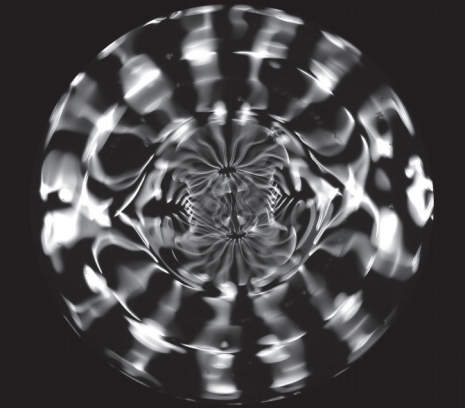Mandala : from Meaning of Soul to Art of contex
DOI:
https://doi.org/10.69598/sbjfa240970Keywords:
Mandala Vastu, shastra, Cosmology, TrailokyaAbstract
Vastu shastra is a text describing a traditional Hindu system of architecture. Vastu shastra is literally translated to "science of architecture." The text was found in the Indian subcontinent. It describes the principles of design, layout, measurements, ground preparation, space arrangement and spatial geometry. The overall principle of design was developed from the interdisciplinary knowledge between architecture with nature, which can be observed from the relative functions of various parts of the structure, and ancient beliefs utilizing geometric patterns, symmetry and directional alignments. In ancient Indian architecture, communal worship building for gods and goddesses is called Mandir. “Mandir” is a structure designed to bring human beings and gods together by using symbolism to express the ideas and beliefs of Hinduism. According to Hinduism, Lord Shiva, resides at the summit of a legendary mountain named Mount Kailash or the mythical “Mount Meru” in the Buddhist cosmology. An early Buddhist text called “Trailokya” is translated to the three worlds of Buddhist cosmology. They include Kamaloka , Rupaloka and Arupaloka. The influence of Buddhist cosmology is represented in the form of Mandala describing the map of the entire universe traditionally depicted with Trailokya as the axis in the center, surrounded by the continents. The mandala produces a great influence on important architectures such as Samye Monastery in Tibet, Borobudur in Indonesia and Angkor in Cambodia. In 2009, Evan Grant made an experiment focusing on sound-wave generation. The sound vibration creates a surprisingly mandala-like pattern on the surface of water. Now, mandala is used in contemporary art. Damien Hirst creates an image of mandala butterflies. Stephen Meakin creates painted mandala on canvas. Sanford Biggers exhibits the mandala as a form of artistic expression performance. And, Allison Svoboda makes mandalas in geometric forms with ink on paper and collage technique. A psychoanalyst, Carl Jung, refers to the mandala as “the psychological expression of the totality of the self.” The mandala is widely recognized as a meaningful reflection of its creator. Mandala art therapy & healing can be a great source of reflection on one’s soul and represents our consciousness.Downloads
Download data is not yet available.

Downloads
Published
03-04-2020
How to Cite
Chantarawongpaisarn, P. . (2020). Mandala : from Meaning of Soul to Art of contex. Silpa Bhirasri (Journal of fine arts), 4(1), 181–209. https://doi.org/10.69598/sbjfa240970
Issue
Section
Academic Articles
License
The journal's editorial team does not have to agree with the views and comments in the author's article, nor are they responsible for the comments.











